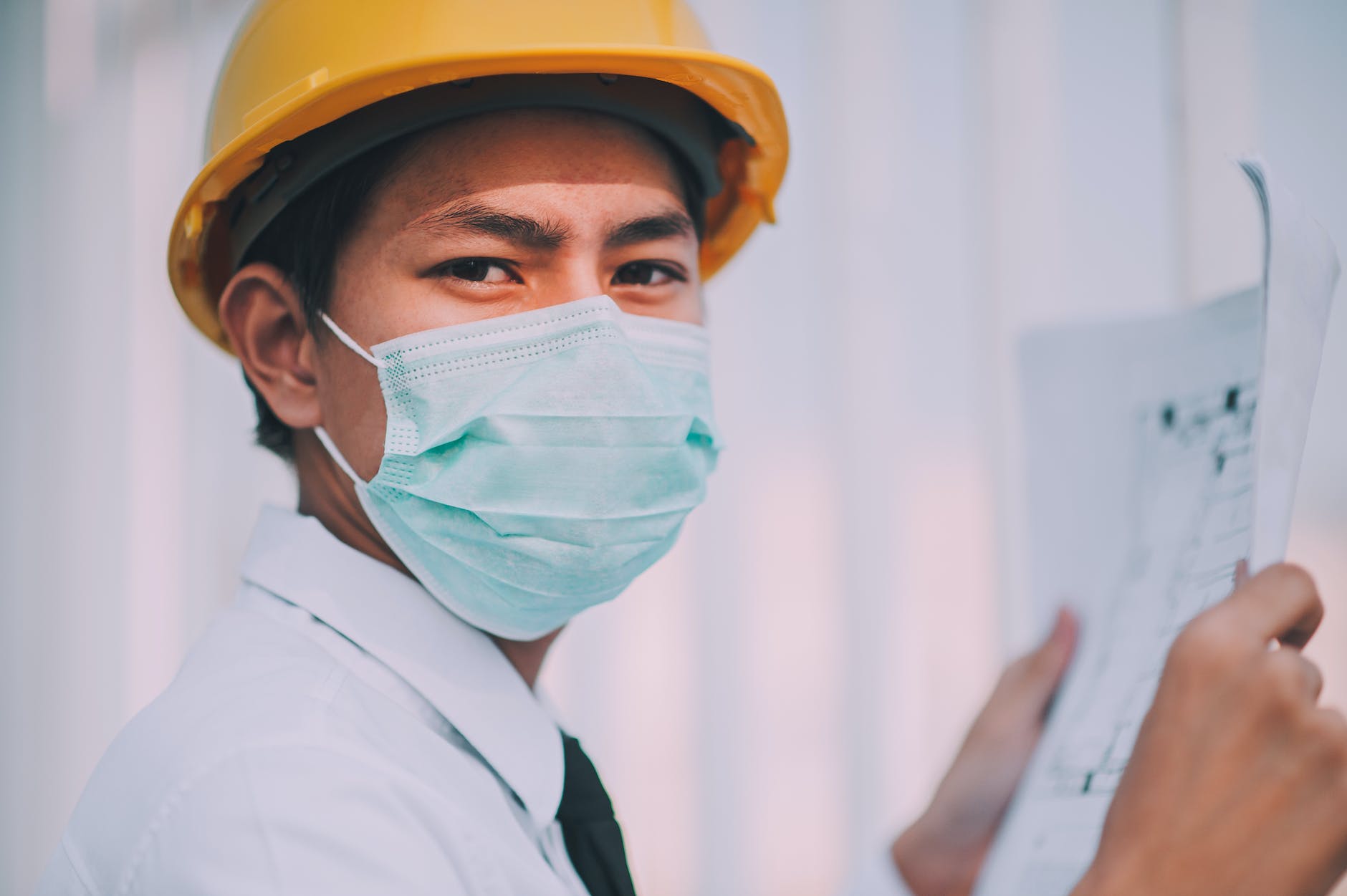
Safety Supervisor vs Safety Officer: Key Differences and Roles
Safety Supervisor vs Safety Officer : In the realm of workplace safety and security, two distinct but equally vital roles often come into play: the Safety Supervisor and the Safety Officer. These positions are crucial for ensuring the well-being of employees and maintaining a secure work environment. In this article, we will delve into the roles, responsibilities, and differences between a Safety Supervisor and a Safety Officer.
Introduction
Workplace safety is a paramount concern for organizations across the globe. To maintain a safe working environment, companies rely on the expertise of safety professionals. Two such professionals are the Safety Supervisor and the Safety Officer, each playing a distinct role in ensuring the well-being of employees.
Safety Supervisor: Roles and Responsibilities
2.1 The Role of a Safety Supervisor
A Safety Supervisor is primarily responsible for overseeing the day-to-day safety operations within a workplace. They act as the first line of defense when it comes to safety and are often found on the frontlines, working closely with employees to mitigate risks.
2.2 Safety Supervisor’s Daily Tasks
- Conduct safety inspections and audits
- Identify hazards and assess risks
- Ensure compliance with safety regulations
- Conduct safety training programs
- Investigate workplace accidents and incidents
2.3 Qualifications of a Safety Supervisor
Typically, Safety Supervisors hold certifications in occupational health and safety. They are well-versed in safety regulations and possess strong leadership and communication skills.
Safety Officer: Roles and Responsibilities
3.1 The Role of a Safety Officer
A Safety Officer, on the other hand, plays a more strategic role in an organization. They develop and implement safety policies and procedures, focusing on long-term safety planning and compliance.
3.2 Safety Officer’s Daily Tasks
- Develop safety policies and procedures
- Ensure regulatory compliance
- Analyze accident and incident data
- Conduct safety training for management
- Coordinate emergency response plans
3.3 Qualifications of a Safety Officer
Safety Officers typically hold a degree in occupational health and safety or a related field. They possess in-depth knowledge of safety regulations and are skilled in risk assessment and management.
Key Differences Between a Safety Supervisor and a Safety Officer
4.1 Reporting Structure
One significant difference between the two roles is their reporting structure. Safety Supervisors often report to Safety Officers or other higher-level management, while Safety Officers typically report directly to the organization’s top executives.
4.2 Focus Areas
Safety Supervisors focus on the day-to-day safety concerns and are more hands-on, while Safety Officers have a broader perspective, concentrating on long-term safety strategy and policy development.
4.3 Training and Certification
Safety Supervisors usually hold certifications related to safety management, while Safety Officers often possess advanced degrees in safety-related fields, reflecting their strategic roles.
4.4 Decision-Making Authority
Safety Officers generally have more authority when it comes to decision-making and policy implementation, whereas Safety Supervisors execute policies and procedures set by Safety Officers.
Collaboration Between Safety Supervisor and Safety Officer
Effective collaboration between these two roles is crucial. Safety Supervisors provide valuable input from their daily interactions with employees, while Safety Officers use this feedback to refine safety policies and strategies.
Importance of Safety in the Workplace
Both Safety Supervisors and Safety Officers play pivotal roles in creating and maintaining a safe workplace, reducing accidents, and ensuring employee well-being. Workplace safety is not just a legal requirement but also a moral obligation.
Challenges Faced by Safety Professionals
Safety professionals face challenges such as keeping up with evolving regulations, managing cultural differences in safety perceptions, and balancing the need for productivity with safety concerns.
Future Trends in Workplace Safety
The future of workplace safety will likely involve increased automation, advanced data analytics for risk assessment, and a greater focus on mental health and well-being at work.
Conclusion
In conclusion, Safety Supervisors and Safety Officers are integral to the safety landscape of any organization. While they have distinct roles, their collaboration is essential for creating and maintaining a safe work environment.
How to Become an HSE Engineer from an HSE Officer
Registered Safety Engineer (RSE) Certification
FAQs
- What qualifications are required to become a Safety Supervisor?
- Safety Supervisors typically need certifications in occupational health and safety and strong leadership skills.
- What is the primary role of a Safety Officer?
- Safety Officers focus on long-term safety strategy, policy development, and regulatory compliance.
- How do Safety Supervisors and Safety Officers collaborate in the workplace?
- Safety Supervisors provide on-the-ground insights, which Safety Officers use to refine safety policies and strategies.
- What are the common challenges faced by safety professionals?
- Challenges include keeping up with evolving regulations, managing cultural differences in safety perceptions, and balancing productivity with safety concerns.
- What are the future trends in workplace safety?
- The future may bring increased automation, advanced data analytics for risk assessment, and a focus on mental health and well-being at work.
In conclusion, Safety Supervisors and Safety Officers are the unsung heroes who work tirelessly to ensure that employees can perform their duties in a safe environment. Their distinct roles complement each other, ultimately contributing to the success and well-being of any organization.